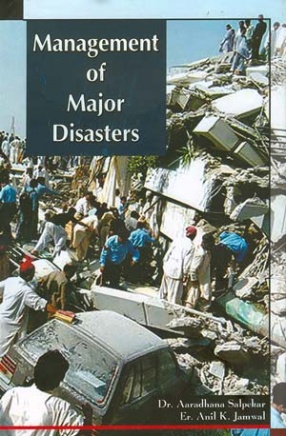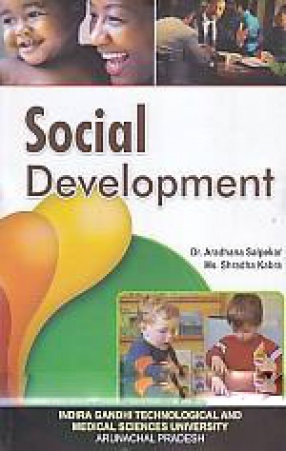Subtotal: $35.10
Management of Major Disasters
In stock
On October 20, 1991, the earth shook violently and pulverized the mighty mountains of the Uttarkashi Region of the Garhwal Hills. Most settlements were turned into awesome rubble. Massive relief and rehabilitation programmes were launched by government as well as non-government agencies. But the absence of disaster mitigation and preparedness mechanism, back of basic information about the affected area; with respect to locally available constructional materials, indigenous technologies, climate and way of life were actually felt.
Various reconstruction approaches were experimented with, in which the agencies involved, using their own judgement or discretion, took up the reconstruction work. General ignorance, and a lack of preparedness at all levels, political, administrative, professional and private, and the resultant chaos and confusion were clearly evident. A leading specialist had observed the Uttarkashi was a colossal failure at all levels.
Paradoxically, at academic and research levels, we have all the required knowledge about earthquakes and building behavior at our universities and research centre. We continue to hold hundred of seminars at all levels. We constitute scores of committees and sub-committees, often headed by bureaucrats and politicians. But every time, a disaster strikes we are totally lost, become panicky and feel miserable. We still fail to have a proper data bank or a ‘Referral Desk’ and a preparedness plan for the vulnerable areas for our diverse climatic and cultural zones, in spite of the knowledge that 56% of our land mass falls within Zone 4 and Zone 5 on the Seismic Map.
This book will be of immense help to all those contemplating to acquire an expert knowledge of the management strategies for mitigating the disastrous effects of major hazards in India as well as in the neighbouring countries.

 The Life of Buddha: As Legend and History
The Life of Buddha: As Legend and History 







There are no reviews yet.